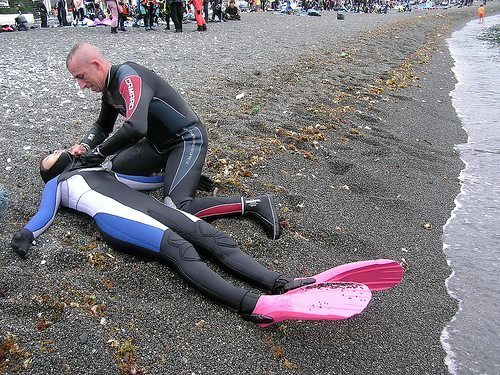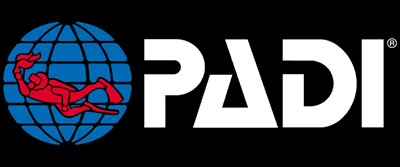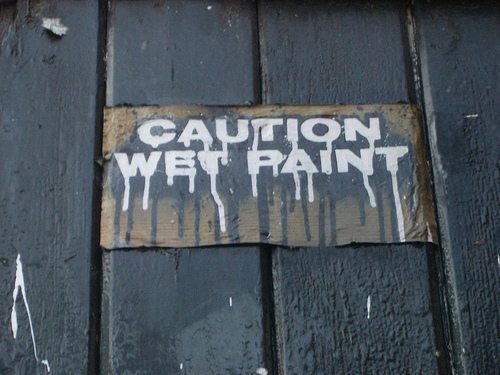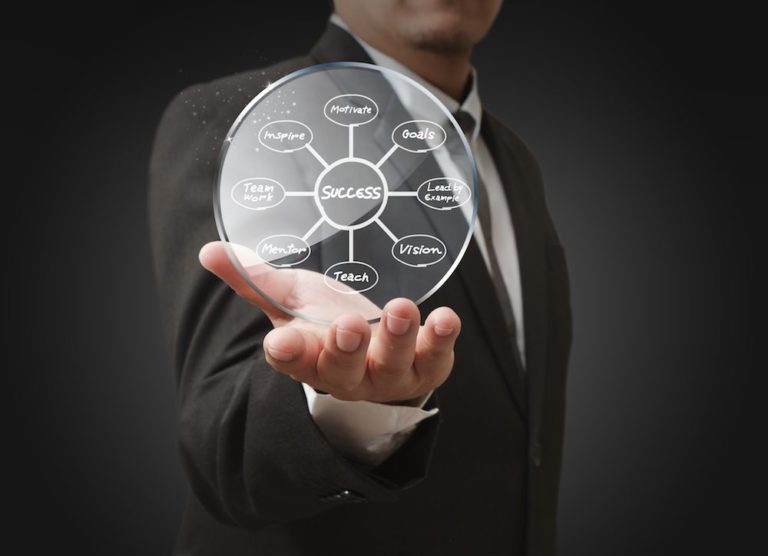Equipment Marketing Ideas from a Former Life
In a former life, I worked for AT&T Wireless/Cingular/AT&T. I sold hundreds of these phones:
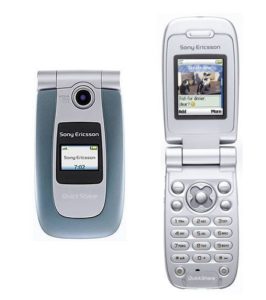
Was it because it was an incredible phone? Or had incredible features? Perhaps it had a great signal at a time when AT&T was transitioning their networks?
Nope. It was because I wanted to win this phone:
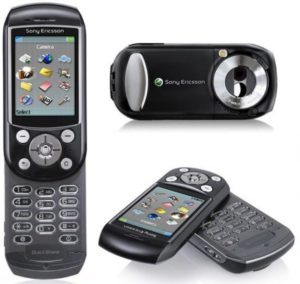
Oh yeah, I wanted to win this too:

Sony came to us with a great contest where, by selling the first phone, we could win the second phone and lots of money.
Sony wanted to increase their brand awareness, so they incentivized those of us who spoke directly to their customers.
But Dive Gear Isn’t Cell Phones
While dive gear sales are not the same as cell phone sales based on a myriad of metrics, the dive industry could learn a few sales techniques from the cell industry.
Media Outreach
In the cell phone industry, when a new phone is released, there’s a major press event, reviews are posted on dozens of blogs, and ad dollars are spent to promote online and in print.
When a new piece of dive gear is released, it may reach the manufacturers Facebook Page or perhaps the glossy pages of a dive magazine. Rarely more than that though. Why isn’t the writer for one of the most heavily trafficked online SCUBA magazines being contacted for a review? Why don’t I see reviews beyond the bland 200 words posted online by the traditional print publications? Why is there no fanfare?
You send out one piece of gear for a review and reach 10-20,000 divers immediately? Sounds like a reasonable deal, and that’s just on one site I personally manage. Unfortunately, these are the same dive gear manufacturers who largely ignore anyone with a media badge at the DEMA show each year, so I don’t think many understand this concept.
Trade Show Strategy
When Apple is about ready to announce a new iPhone, do we know everything about it 3 months before the announcement? No, they wait in order to build excitement and anticipation so they’ll receive even more media coverage for free.
When a new piece of dive gear is released, many manufacturers just release it. Some have the thought to tease it via a picture that shows everything, but explains nothing 3 months before DEMA. Then there’s the DEMA New Product Showcase that has been 75% full of the same exact items for the last few years and doesn’t allow pictures. Because photographic promotion is bad.
I understand that your product cycles may not line up perfectly with DEMA, but why not have a launch event like GoPro did for the Hero3? Even if your marketing budget doesn’t allow for a large event, book a room at your next regional consumer trade show or host a release online.
Sales Incentives
This is one of the more tricky concepts for promoting a new product because, if done like my example at the beginning, you may end up tarnishing the reputation of your sales person or retail outlet if you are promoting a sub-par product. But if you select a great product, train the real salespeople on all of the benefits of your product, then plan a way to track sales while offering an incentive, it can be done successfully.
Keep in mind that your salespeople may not always be your in-house or contracted sales reps or even the buyers at your retailers, but the instructors diving with the gear or the people writing articles about SCUBA equipment.
Brand Influencers
A few manufacturers like Hollis, Suunto, Dive Rite, and Finnsub have “Ambassadors”. Here’s what Wikipedia has to say about Brand Ambassadors:
Brand ambassador is a marketing term for a person employed by a company to promote its products or services within the activity known as branding.
I’ve met a few of the Ambassadors these manufacturers list and they are all very nice people and amazingly accomplished divers. If I hadn’t been spending time examining these manufacturers websites, I wouldn’t have realized these people were affiliated (except for Jeff Loflin and Hollis) because they don’t actively promote these brands at any of the trade or consumer shows I’ve attended.
Yet when I took my cave course, I was introduced by my instructor to a brand I was unfamiliar with named xDEEP. I loved the sidemount harness I used in my course, my instructor explained some of the benefits of xDEEP equipment, and I was sold. I encouraged our buyer to pick them up and hopefully we will soon.
So an independent instructor who loved a piece of gear educated his student on why he loved it, that student happens to work for a giant online retailer who now may carry the line. Sounds to me like the independent instructor is an influential brand ambassador.
When I was more actively teaching I know with confidence that I sold many sets of gear due to students buying what I was diving. By nature, dive instructors are building incredible amounts of trust with their students. Students need gear and become customers. When a student sees an instructor or divemaster in a piece of gear, they’re likely to ask about it and may eventually buy it.
I still have my old black and white PADI Open Water manual and on the inside of the cover is a list of the gear my instructor told me he recommended during my first open water lecture. It’s the gear I ended up buying and still own as spare equipment to this day.
Here’s a recommendation: enhance your key person programs. How do you think a college student working as a dive instructor was able to buy the latest and greatest gear? Key person programs. And for anything not available on a key person program, my dive center took great care of me. Why? Because my students purchased the same gear at or near full price.
I understand the dive center can’t have their entire staff in margin-free gear, but the forward-thinking dive center owner or manager will open up the programs to key influencers because they know it will have a profitable return on investment.
Once Again, The Internet Changes Everything
It used to be that manufacturers had exclusive arrangements with dive centers. Dive center customers would come in and buy what was recommended, which was always what was available. Manufacturers didn’t have to work too hard to sway customers to buy their equipment because the relationship was with the retailer.
Now that customers can go on their Facebook account and ask for a gear recommendation and get hundreds of responses, customers don’t simply want what their local dive center has to offer. So gear manufacturers need to evolve to use new, innovative methods to promote their gear.
If you’re just posting new gear on your Facebook Page, you’re missing out on potential sales.
